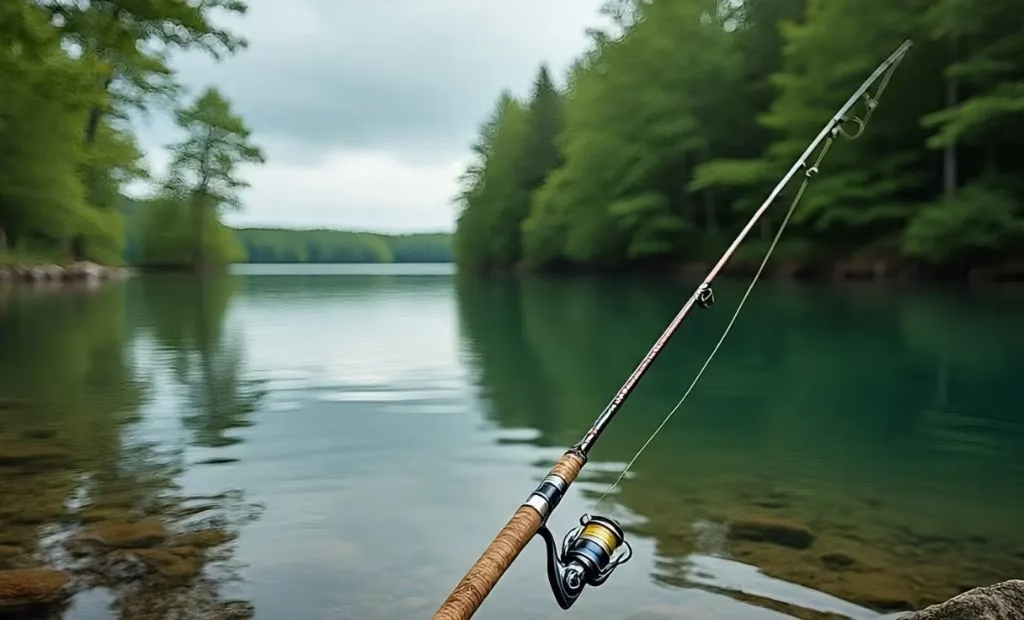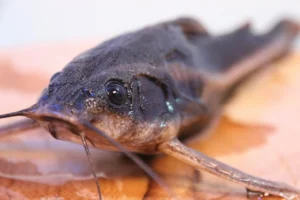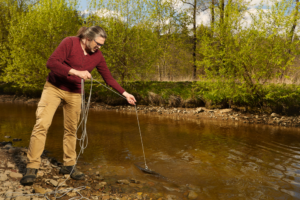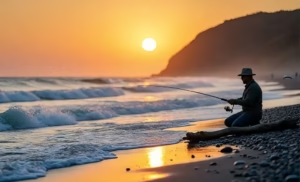Instruction
Fishing Braided invention that has changed how anglers approach the water is a braided fishing line. It seems outdated to return to traditional monofilament after experimenting with a high-quality braid. The explanation is simple: braid gives you incredible bite sensitivity, throws farther, and helps you manage your lure. In a nutshell, it makes the whole fishing experience more exciting and efficient.
This in-depth guide will cover everything you need to know about fishing with braided line, including the best options in each price range, the best line strength, when to use leaders, and how spending a little more on high-quality braid can greatly extend your time on the water.
What Makes Braided Line Special?
Braided fishing line is unique due to its unique construction and materials. Unlike monofilament, which is a single strand, braid is created by weaving together threads of either high-density polyethylene (HDPE) or ultra-high molecular weight polyethylene (UHMWPE). The fibers are so strong that they outperform steel in terms of strength per unit of weight. Because fishing braided line is much longer than monofilament while still having the same strength due to this weaving technique, you can spool more line into your reel without sacrificing power. Anglers can also sense even the smallest nibbles with exceptional sensitivity because it is nearly stretch-free.

Point-Based Pricing for Fishing Braided Line
When it comes to price for fishing braided line, cost has a heavy influence on what you want. While low price fishing braids may be much appealing, their durability, smoothness, and dependability are sometimes ability. Contrarily, high-end braids have more intricate coatings, tighter weaves, and greater resistance to abrasion and salinity, all of which increase their longevity. Entry-level braids are a good point for beginners or casual anglers, but they are much more likely to tangle or tear. Mid-range braids have a good price-performance ratio since they are reasonably money ,offer smoother casting, and have powerful knot strength.
Cheap braids (150 yards for less than $20)
If you have never fished a braided line before, inexpensive 4-strand braided lines are a fantastic place to start. These are more robust and allow for longer casts with higher sensitivity than mono. Unfortunately, most of the very cheap braids that are offered for sale online are poorly manufactured, weaker than advertised, and prone to tangles.
Mid-Range Braids ($20 to $30)
Most American anglers think that the mid-range ($20–$30) price range offers the best combination of cost and performance. Lines in this range are smoother, rounder, and ideal for creating longer, more accurate casts. They are often made with eight strands. Two great choices are the Daiwa J-Braid X8, which is a favorite among bass fishermen for its consistency and castability, and the Sufix 832 Advanced Superline, which is well-known for its strength, smooth feel, and exceptional dependability. Because these lines are very soft, fit through rod activity is easy, and last far longer with frequent usage than uncostly fishing braids, they are a wise investment for serious anglers who seek depend activity without upgrading to the premium tier.
Fishing Braided Price (between $30 and $50)
Entering the high-end braided line ($30–$50) range immediately reveals the quality difference. Because premium braids have smoother coatings, tighter weaving, and better resistance to abrasion and seawater corrosion, they are ideal for serious anglers who fish regularly. Among the greatest choices is the Japanese import Varivas Avani Seabass, which is perfect for delicate fishing and has exceptional sensitivity and control. The Westin W6, which is praised for its strength, smoothness, and extended casting capability, is another excellent option.
What Is Your Ideal Braided Line Strength?
Selecting the good fishing braidedline strength is one of very important plans an angler can make. Because the braid is both thinner and stronger than monofilament, you may use lighter lines without compromising power. Nonetheless, you should always select a line type that is suitable for the species you are pursuing and the fishing environment. For bass fishing, an 18–25 lb braid works best; 20 lb is ideal for open water, and 25 lb provides greater protection in rocky or densely covered locations. If you’re after panfish or perch, a 6–10 pound braid will boost sensitivity and casting distance; however, for stealth, you’ll want to pair it with a fluorocarbon leader.
Fishing Braided Important Line Leader
Using a leader with braided line is almost always necessary since, despite the braid’s strength and sensitivity, it has certain disadvantages in terms of stealth and abrasion resistance. The bright visibility of braid in the water can easily spook wary fish in clear circumstances. Adding a fluorocarbon or monofilament leader, which creates an almost undetectable connection between your lure and the fish, greatly increases your chances of getting bitten. Leaders also offer abrasion resistance, protecting braid from sharp objects like rocks, shells, and even the teeth of certain species, which may swiftly cut it off.
The Best Braided Lines for Specific Fishing Types
The beginner Fishing Braided line for you quickly depends on the kind of fishing braided ,if you are doing. The Varivas Avani Seabass is a high-end alternative for best results, while the Daiwa J-Braid X8 is a reliable mid-range bass fishing option in the 20–25 lb range. For tiny species like panfish and perch, the 9 lb Daiwa J-Braid is the natural choice However, it’s important to invest in quality here because using cheap braid on light tackle often leads to unhappiness. A 4-strand braid makes it easier fish cut through foliage in weedy waterways, and the Sufix 832 in 20 lb is a good all-around option for pike.
The Main Advantages of Fishing with Braided Line
One of its key benefits is that the line can fly farther with less resistance because it is thinner and smoother than monofilament. Additionally, it can offer a greater casting distance. Another important advantage is improved bite detection; because the braid has very no stretch, you can notice even the smallest nip right away. This same feature also provides you great control over the lure, which increases the naturalness and efficacy of your presentation because every movement of your rod is directly conveyed to the lure.




